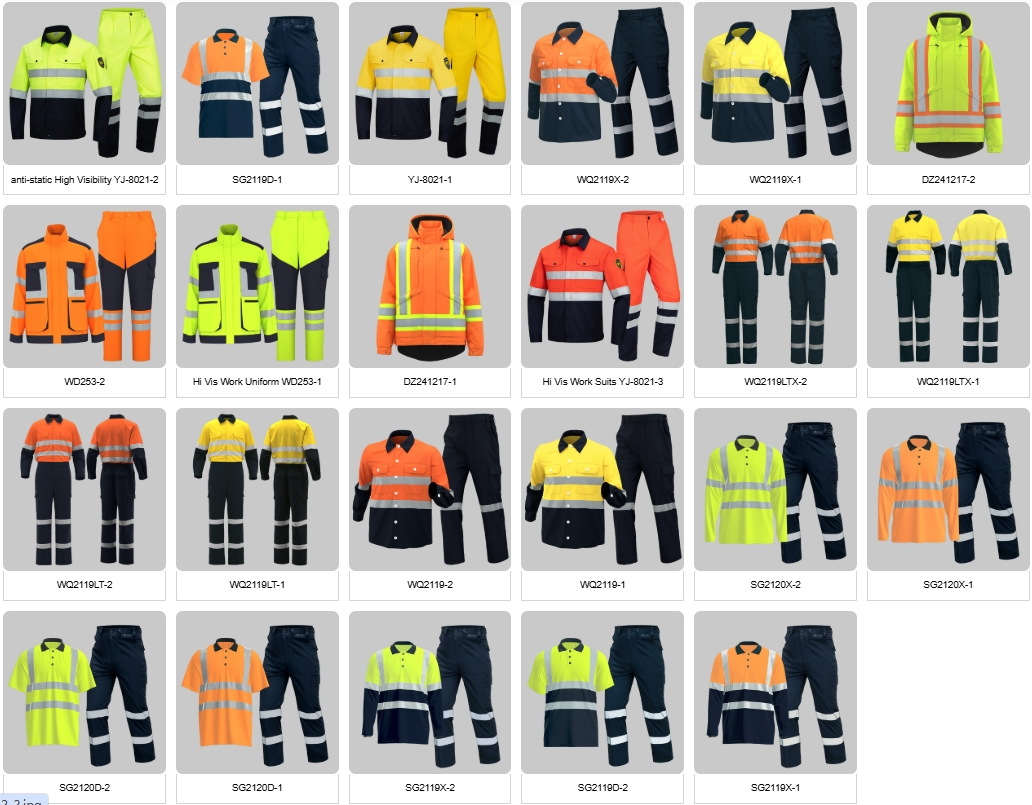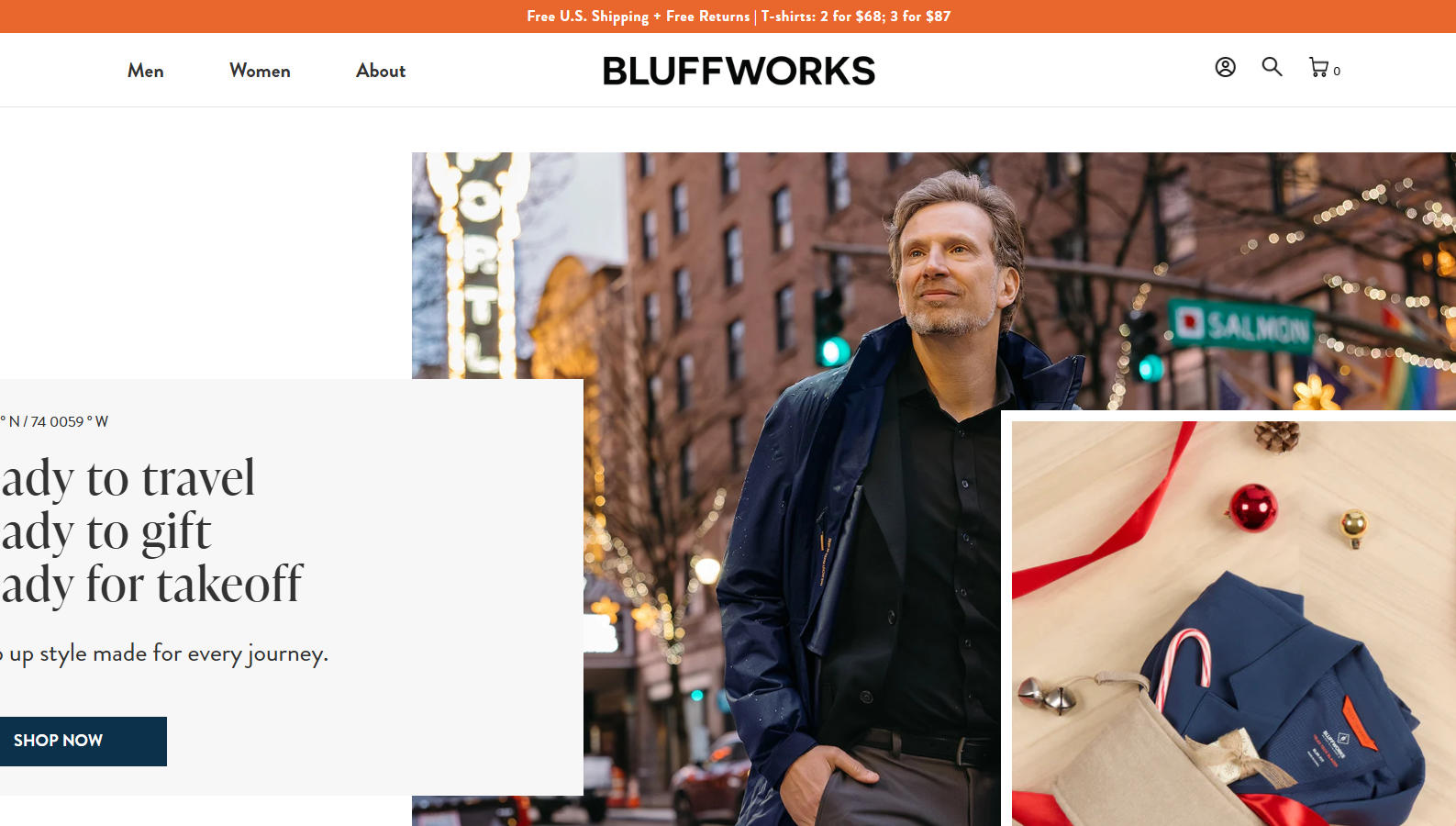Here is a detailed breakdown of the process, advantages, and challenges for an Azerbaijani company importing custom logo work uniforms from China, with a specific focus on the strategic logistics context of Azerbaijan.
Executive Summary
For an Azerbaijani company, importing custom work uniforms from China is a highly strategic and viable option. Azerbaijan’s unique geographic position, acting as a bridge between Asia and Europe, provides critical logistics advantages. The model leverages China’s cost-effective and customizable manufacturing with Azerbaijan’s role as a transport and trade hub.
The Import Process: Step-by-Step
Phase 1: Sourcing & Planning (in Azerbaijan)
-
Define Requirements: The company finalizes uniform designs, fabric types (suitable for Azerbaijan’s continental climate), colors, and logo specifications (embroidery, printing, patches).
-
Supplier Sourcing: Use B2B platforms like Alibaba.com or Made-in-China.com to find and vet manufacturers. Attending the Canton Fair is also a highly effective method.
-
Request for Quotation (RFQ): Send detailed specifications to multiple suppliers to compare prices, MOQ (Minimum Order Quantity), and production timelines.

Phase 2: Negotiation & Production (with China)
-
Sample Approval: This is a critical and non-negotiable step. The Azerbaijani company must request, pay for, and approve a physical sample to check quality, fit, and logo application before proceeding with the full order.
-
Contract Finalization: Agree on the final price, payment terms (typically 30% deposit, 70% before shipment), and Incoterms. Common terms are FOB (Free on Board) or EXW (Ex Works), giving the Azerbaijani buyer control over the main shipping leg.
-
Production & Quality Control: The factory begins mass production. The buyer should request production updates and conduct a pre-shipment inspection (by themselves or a third-party agency) to ensure quality matches the approved sample.
Phase 3: Logistics & Import (The Key Phase for Azerbaijan)
-
Logistics – The Strategic Decision: Azerbaijan’s location offers two primary, efficient routes, both part of the Middle Corridor (Trans-Caspian International Transport Route).
-
Primary Route 1: China-Europe Railway + Caspian Sea Crossing.
-
Goods travel by rail from China to a port in Kazakhstan (e.g., Aktau) or China’s own dry ports.
-
They are then loaded onto a ferry to cross the Caspian Sea to the Port of Baku (Alat).
-
This is a highly efficient and cost-effective land-sea hybrid route that avoids Russia.
-
-
Primary Route 2: Sea Freight to Poti/Batumi, then Land.
-
Goods are shipped by sea from China to a Georgian Black Sea port (e.g., Poti or Batumi).
-
They are then trucked or railed south into Azerbaijan. This route is also very common.
-
-
Air Freight: Fast but expensive, suitable for samples or very urgent, small orders.
-
-
Customs Clearance in Azerbaijan:
-
The Azerbaijani company must handle import customs. This requires a standard set of documents: Commercial Invoice, Packing List, Bill of Lading (for sea) or Rail Waybill, and Certificate of Origin.
-
Hiring a local customs broker is highly recommended to navigate the regulations, ensure correct HS codes, and calculate and pay the applicable import duties and VAT (typically 18%).
-
Key Advantages for an Azerbaijani Company
-
Cost-Effectiveness: Chinese manufacturing offers significantly lower prices for bulk custom orders.
-
Strategic Logistics Hub: Azerbaijan’s position on the Middle Corridor provides direct access to efficient China-Europe transport routes, often resulting in competitive transit times and costs.
-
Customization Expertise: Chinese factories are highly flexible and skilled at producing small-batch custom items with logos and specific designs.
-
Diversifying Economy: Supplying the oil & gas, hospitality, and corporate sectors in Azerbaijan with high-quality, affordable uniforms is a strong business model.
Challenges & Risk Mitigation
-
Language and Communication Barrier:
-
Risk: Misunderstandings in design or quality specifications.
-
Mitigation: Use clear tech packs with pictures and diagrams. Work with suppliers who have English-speaking staff or use a sourcing agent.
-
-
Transit Complexity and Delays:
-
Risk: The multi-modal route (especially rail-sea) can be subject to delays at transshipment points (e.g., waiting for a ferry at the Caspian port).
-
Mitigation: Plan for buffer time in the delivery schedule. Work with an experienced freight forwarder who specializes in the Middle Corridor and has strong partnerships at the key ports.
-
-
Quality Control Risk:
-
Risk: Receiving goods that do not meet the quality of the approved sample.
-
Mitigation: Never skip the sample process. For large orders, invest in a third-party inspection service in China to check the goods before they are shipped.
-
-
Payment Security:
-
Risk: Sending a deposit to an unknown supplier.
-
Mitigation: Use secure payment methods like Alibaba Trade Assurance or a Letter of Credit (L/C) for larger orders. Start with a smaller trial order to build trust.
-
Strategic Tips for Success
-
Partner with Logistics Experts: Your choice of freight forwarder is crucial. Partner with one that has proven expertise in the China-Azerbaijan route, particularly via the Caspian Sea.
-
Build a Supplier Relationship: Find 1-2 reliable factories in China and cultivate a long-term partnership. This leads to better pricing and service.
-
Focus on the Sample: The quality of the sample dictates the quality of the entire order. Be meticulous in your approval and provide clear, written feedback.
-
Understand the Incoterms: Choose terms that give you control and clarity. FOB (in China) or FCA are often good choices, allowing you to manage the main international freight with your chosen partner.
Conclusion
For an Azerbaijani company, importing custom work uniforms from China is a logically sound and strategically advantageous business model. By leveraging China’s manufacturing power and Azerbaijan’s pivotal role in the Trans-Caspian trade route, companies can reliably and cost-effectively supply the growing domestic market.
Success hinges on meticulous supplier selection, a rigorous quality control process, and, most importantly, partnering with a logistics provider that has mastered the unique China-Caspian-Azerbaijan supply chain.
For some insightful reads, we’ve curated a list of recommended articles just for you:
- How do I find a product manufacturer in China?
- How to find cheap manufacturers in China? A guide to avoid pitfalls
- How to complete your first purchase of workwear in China safely and efficiently
- Custom uniforms for Small business
- Choosing the Best Industrial Work Suit
- Ultimate Guide: Best Wholesale Work Clothes in China
- Cut & Sew Customization
- Logo Customize Clonthing Manufacturer
- Labour Uniform manufacturer
- Labor clothing uniform for sale
- Working clothes china wholesale
Can’t find what you’re looking for? Feel free to contact us. We’re here to help 24/7.
Useful links:





